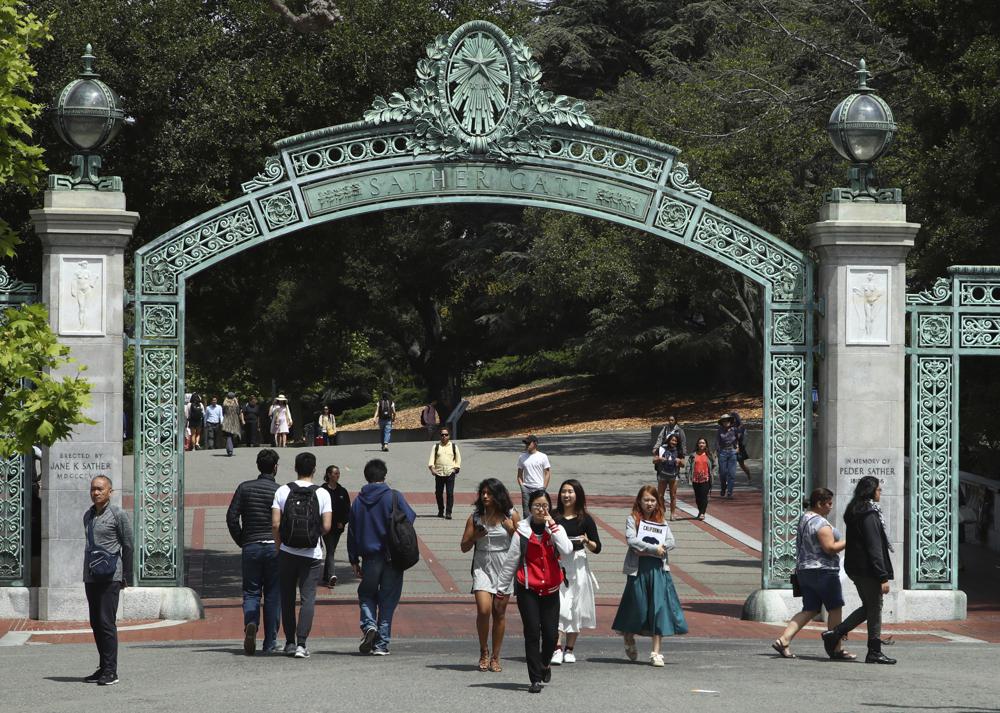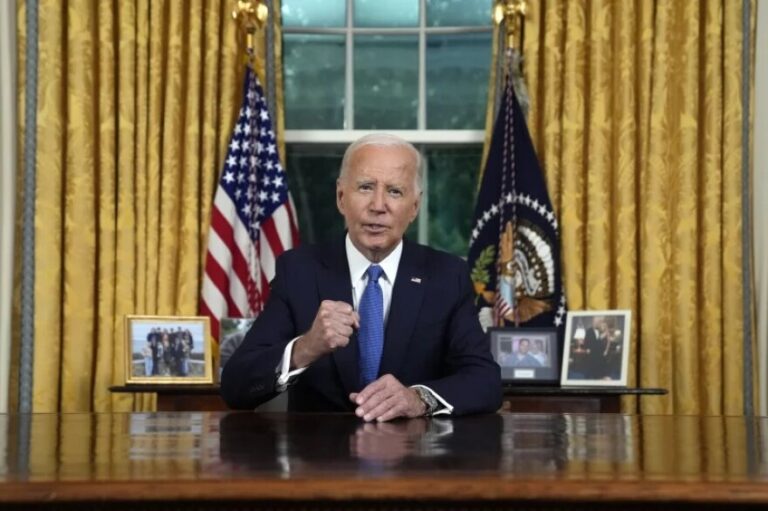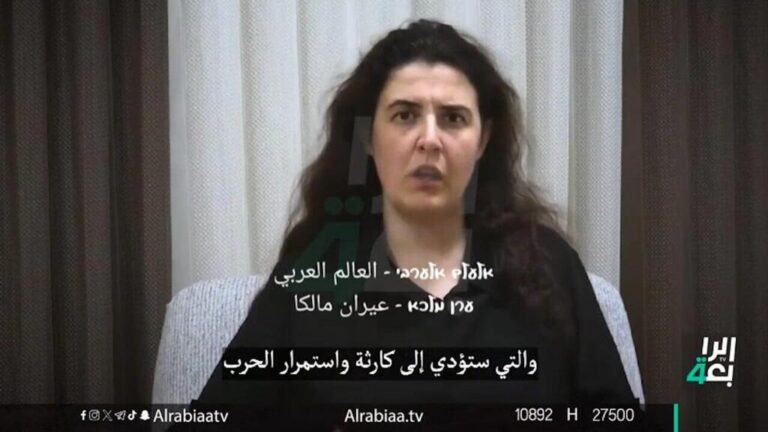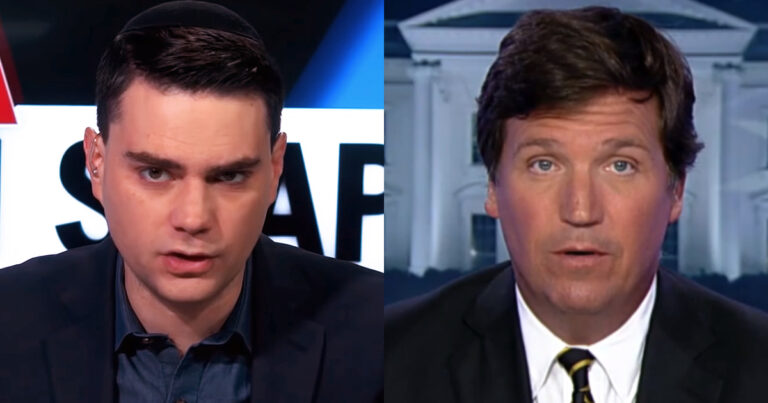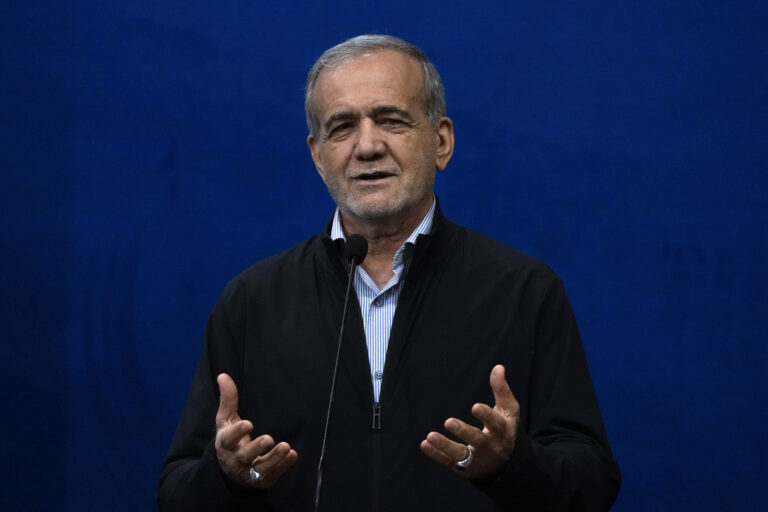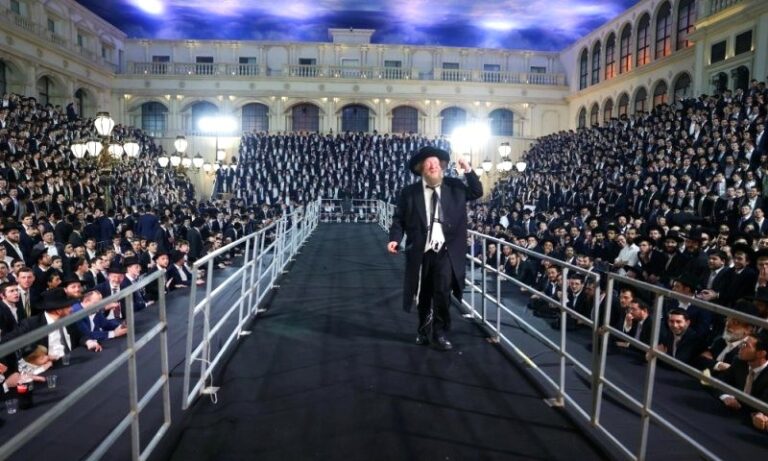When President Joe Biden announced a plan to forgive student loan debt, many borrowers who kept making payments during the pandemic wondered if they’d made the right choice.
Borrowers who paid down their debt during a pandemic freeze that started in March 2020 can in fact get a refund — and then apply for forgiveness – but the process for doing that hasn’t always been clear.
If you think you’re eligible, here’s what you need to know:
WHO IS ELIGIBLE FOR A REFUND?
Borrowers who hold eligible federal student loans and have made voluntary payments since March 13, 2020, can get a refund, according to the Department of Education.
For some people, that refund will be automatic. You can get a refund without applying if your payments brought your loan balance below the maximum debt relief amount: $10,000 for all borrowers, and $20,000 for Pell Grant recipients. Borrowers can check their balance in their studentaid.gov account.
For example, if a borrower paid $100 a month for 10 months of the pandemic and their balance is now $8,000, that $1,000 will automatically be refunded. Then they can apply to get the rest of their debt forgiven.
But if a borrower paid throughout the pandemic and still owes $14,000, they won’t get an automatic refund. They can, however, apply to have $10,000 of that debt erased.
Another group of people that has to apply for a refund is those who completely paid off their loan balance during the pandemic. If that’s you, you’re eligible for loan forgiveness, but you’ll have to request a refund prior to applying for debt relief. Borrowers should confirm their eligibility for the loan forgiveness program prior to requesting a refund.
For example, if a borrower had $5,000 in debt at the start of the pandemic and paid it all back during the freeze, but is eligible for up to $10,000 in forgiveness, they would apply for a $5,000 refund, then apply to have their debt forgiven.
“Borrowers who paid off their loans during the pause will need to request a refund first, then request cancellation,” said a spokesperson from the Department
of Education.
The refund is not available for private student loans.
Eligible federal student loans:
—Direct Loans (defaulted and non defaulted)
—Federal Family Education Loan (FFEL) Program loans held by ED (defaulted and non defaulted)
—Federal Perkins Loans held by ED (defaulted and non defaulted)
—Defaulted FFEL Program loans not held by ED
—Defaulted HEAL loans
If you are not sure which loan you have, visit your dashboard at studentaid.gov and find the “my loan servicers” section. If you can’t access your dashboard, you can call the Federal Student Aid office at 1-800-433-3243 to ask for loan servicer information.
HOW CAN I APPLY FOR A REFUND?
Borrowers who want a specific amount refunded can apply by calling their loan service provider. Right now, refunds are only being done via phone and not through any website or email.
When the Biden Administration announced the forgiveness, loan servicers found themselves inundated with calls. But many borrowers now say they’re not waiting long when calling.
“I was on hold for about five minutes,” said Megan McParland, of New Jersey, who graduated in 2018 and made several payments during the payment freeze.
McParland requested a refund the first week of September. At first, she felt the servicer tried to dissuade her from making the request. But after confirming that she wanted to proceed, she was told that she would see her refund in about a month.
Sierra Tibbs, a 47-year-old resident of Casselberry, Florida, had a similar experience. The entire phone call with her loan servicer took around 20 minutes.
Tibbs applied for a refund after seeing a video online informing her that she could get back money she paid during the pandemic.
If you are unsure who services your loan, or if the servicer changed during the pandemic, visit your student aid account dashboard and scroll to “my loan servicers” or call 1-800-433-3243.
Before calling your loan provider to request your refund, you need to know your account number and the amount you want refunded.
—Loan servicers’ phone numbers:
FedLoan Servicing: 1-800-699-2908
Great Lakes Educational Loan Services, Inc.: 1-800-236-4300
Edfinancial: 1-855-337-6884
MOHELA: 1-888-866-4352
Aidvantage: 1-800-722-1300
Nelnet: 1-888-486-4722
OSLA Servicing: 1-866-264-9762
ECSI: 1-866-313-3797
Default Resolution Group: 1-800-621-3115 (1-877-825-9923 for the deaf or hard of hearing)
HOW WILL THE REFUND WORK — AND WHEN WILL MY LOANS BE FORGIVEN?
When you request a refund, the amount that you have paid during the payment freeze will be added back to your student loan balance, said Katherine Welbeck, Civil Rights Counsel for the Student Borrower Protection Center.
That amount is still eligible for cancellation and can be eliminated after you apply for forgiveness.
You’re eligible for debt relief if you had an annual federal income below $125,000 individually or $250,000 if you’re married or head of household in 2020 or 2021. The application is expected to open in early October and you can apply until Dec. 31, 2023.
It is unclear when borrowers will see debt relief. So far, the plan only mentions borrowers will be notified by their loan servicer when their debt is forgiven. There is also a possibility that forgiveness could be delayed if the Biden administration faces legal challenges.
Laura Baum, a 30-year-old resident of Chicago, paid $5,000 during the payment freeze toward her $15,000 remaining debt. She is eligible to have $20,000 canceled since she was a Pell grant recipient when she was an undergraduate. At the beginning of September, Baum called her loan servicer and asked for a refund.
But because of the uncertainty, she is planning to save that money until the Department of Education confirms her debt has been canceled.
“I’m going to hold on to that refund until I absolutely see $0 in my student loans,” Baum said.
WHEN IS THE DEADLINE TO APPLY?
The deadline to apply for a refund is December 31, 2023. However, Welbeck recommends that you apply for a refund before you apply for debt forgiveness.
“If you apply first, you can process the refund to get your money back, and then that balance in your account is canceled,” Welbeck said.
The application process for loan forgiveness is expected to take four to six weeks.
The Department of Education is offering a subscription page where you can sign up to be notified when the application is open.
HOW MUCH CAN I GET REFUNDED?
You can get a refund for the entire amount you paid during the payment freeze, according to the Department of Education. However, you can choose a lower amount.
You might pick this option if, during the pandemic, you paid enough to get your debt below the maximum amount of forgiveness. You could get a partial refund, then apply to have your remaining debt wiped out.
Say you had $15,000 worth of debt remaining at the beginning of the payment freeze and have since paid $8,000, but qualify for $10,000 in debt relief. You might decide to ask for a refund of just $3,000. Then, your debt balance will be exactly $10,000, and you can apply for maximum loan forgiveness.
WHEN WILL I GET MY REFUND?
Borrowers should expect to receive their refund six to 12 weeks after requesting it, according to the Department of Education. But you might want to double-check with your loan servicer.
McParland’s loan servicer told her that she should see her refunded amount in 30 to 45 business days, but Baum was told that it would take 60 to 70 business days to see her money back in her bank account.
IS THE REFUND TAXABLE INCOME?
It is not yet clear if the refunded money will be considered taxable income. Welbeck recommends borrowers check with financial advisers from their own state.
Some states, such as Indiana, have already said they will tax debt relief for people who have their student loans canceled. Policies vary from state to state.
DOES THE REFUND AFFECT MY CREDIT SCORE?
Since the Department of Education has not yet announced how the cancellation or refunds will be reported to the credit bureaus, it is still uncertain if these amounts will affect borrowers’ credit scores, said Welbeck.
SHOULD I START PAYING AGAIN WHEN THE PAYMENT FREEZE ENDS?
The pandemic payment freeze is set to end Dec. 31. If you have not seen debt relief by then, you are still expected to start making payments. Welbeck recommends that borrowers enroll in income-driven repayment plans before the end of the payment freeze.
Income-driven repayment plans allow you to set an affordable payment amount based on income and family size.
You can find more information about the four types of income-driven repayment plans here.
(AP)

